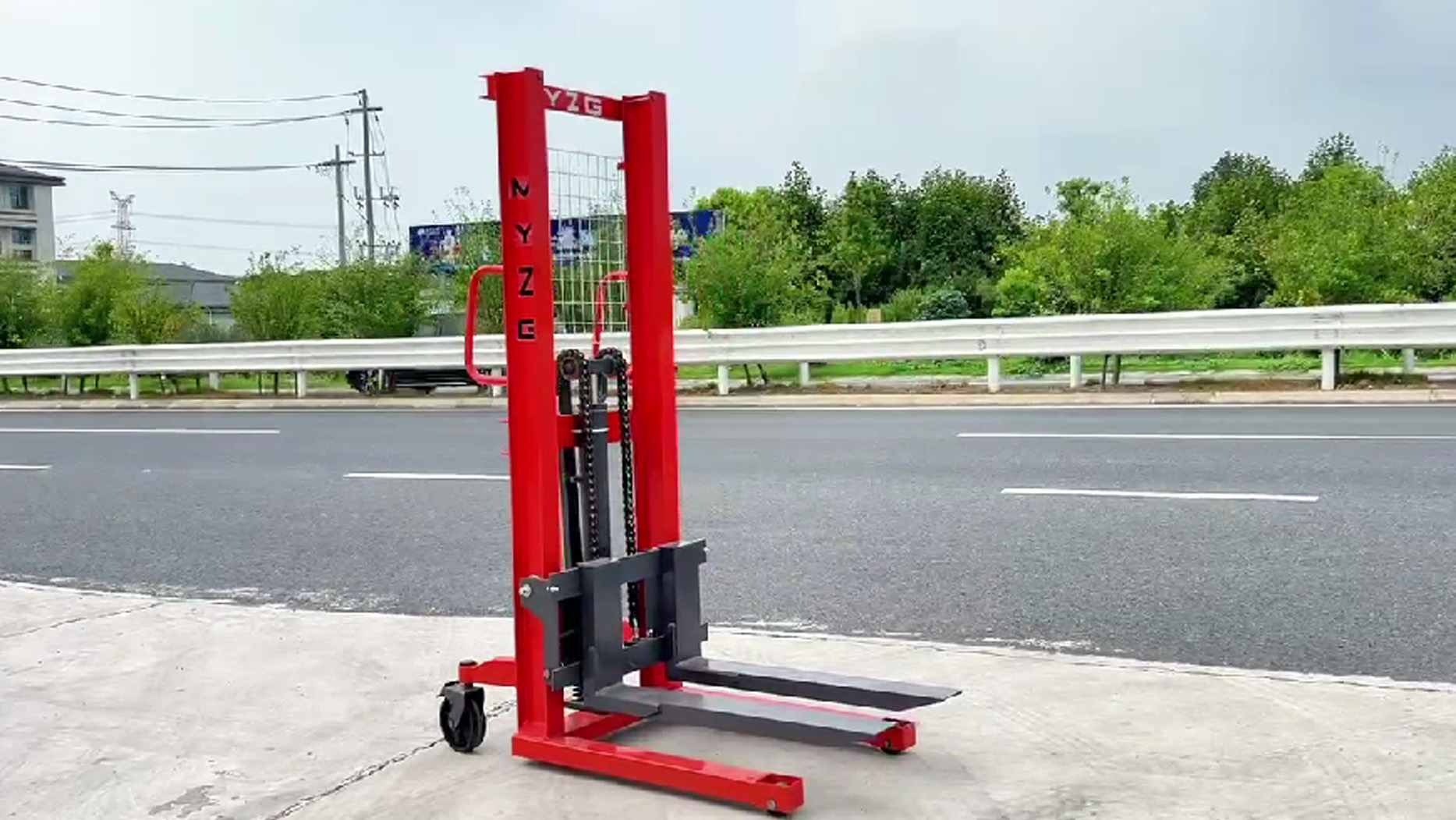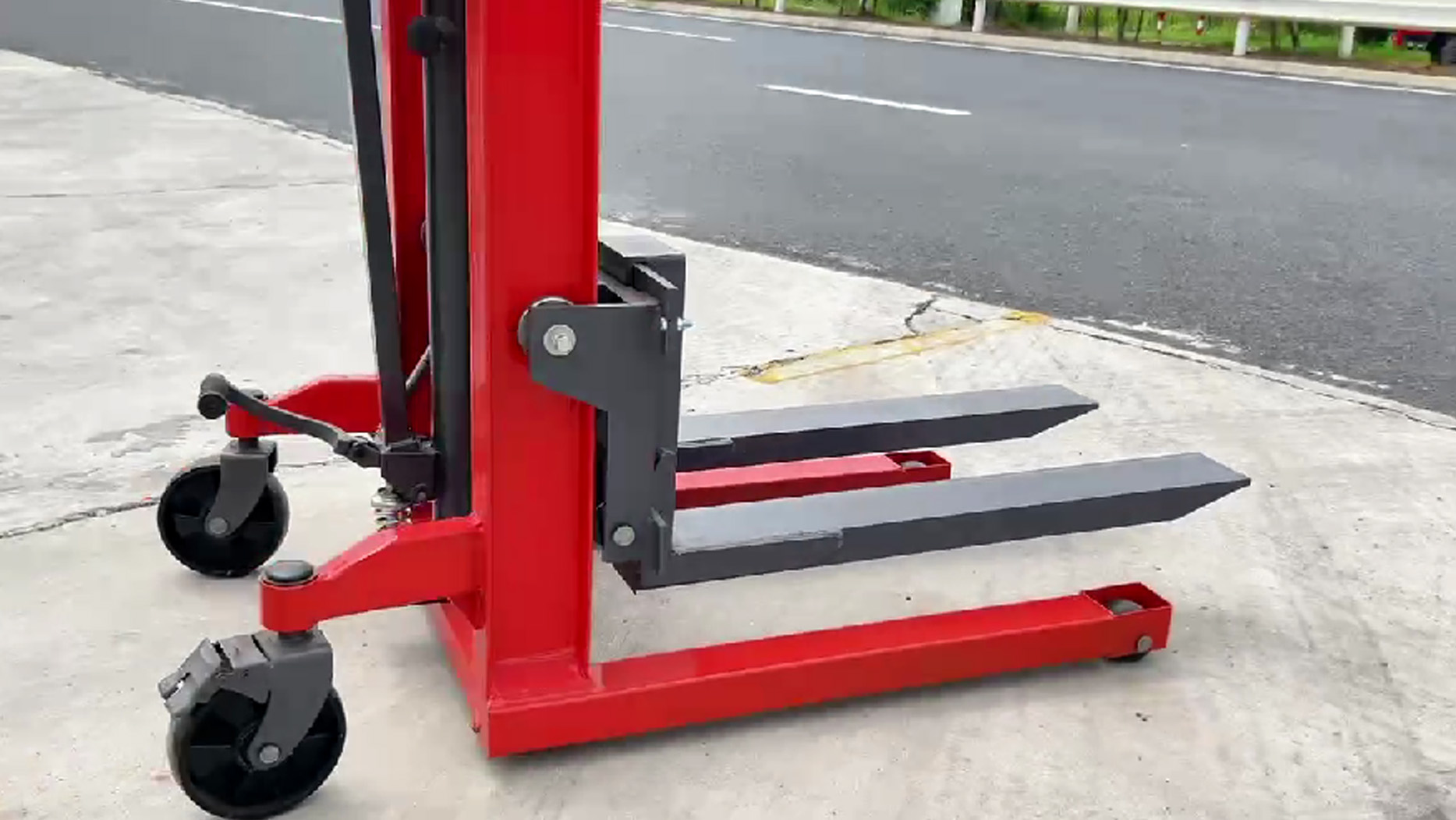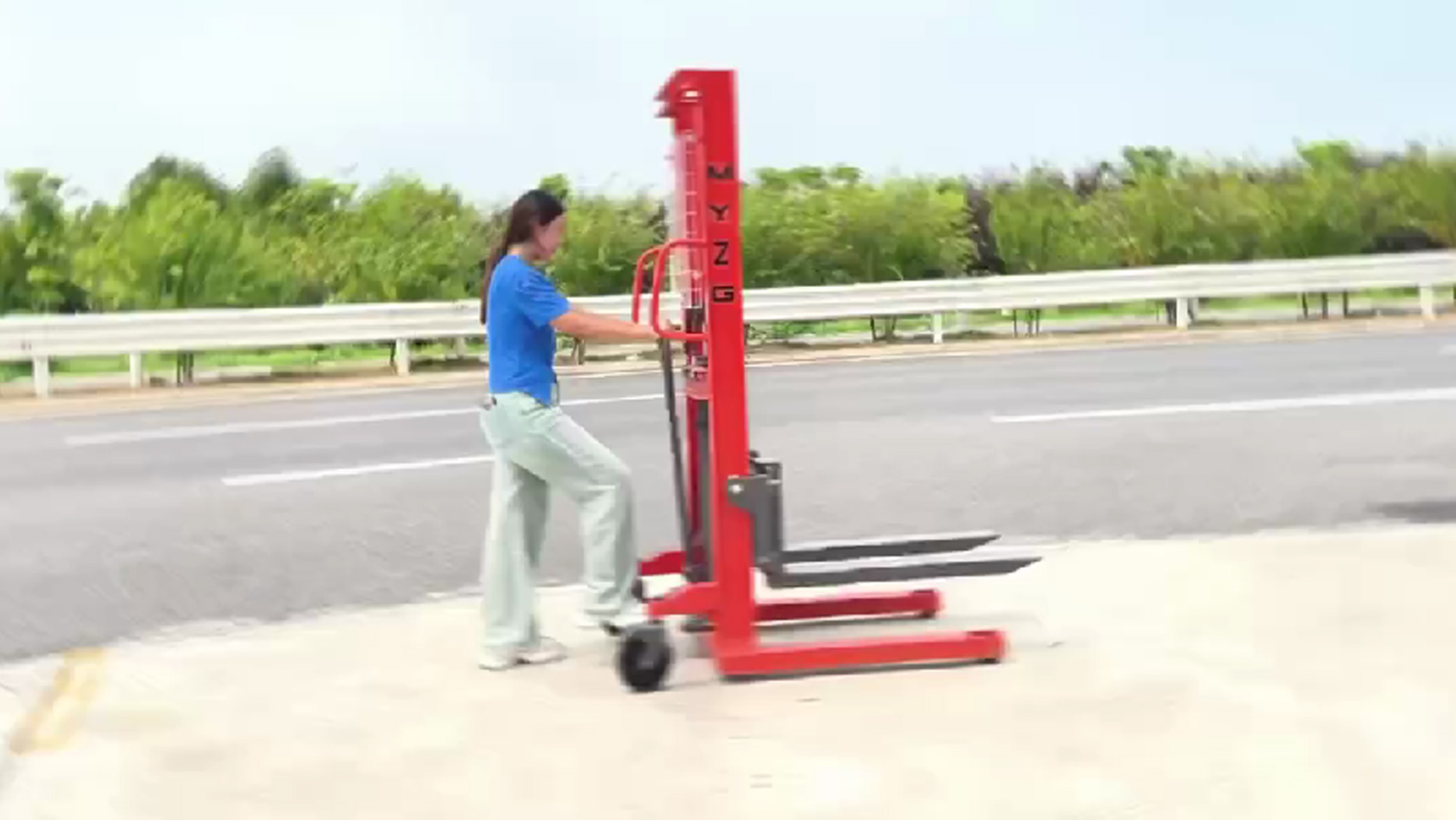In the fast-paced world of warehouses, distribution centers, and logistics operations, the efficient handling of goods is essential. A stacking truck is one of the key players in ensuring that materials are stored, retrieved, and transported efficiently. Often referred to as a forklift, it plays a critical role in material handling by lifting and stacking heavy loads. Understanding what a stacking truck is, its key features, and its benefits can help businesses choose the right equipment for their operations. This article will explore the mechanics of stacking trucks, their various types, key components, applications, benefits, and much more.
A stacking truck is a specialized type of forklift designed for efficiently storing and retrieving items in narrow aisles and tight spaces. The primary function of these machines is to lift materials to various heights, often in warehouses where space is limited. Unlike traditional forklifts, which are generally used for moving heavy loads across shorter distances, stacking trucks are optimized for lifting and stacking materials at greater heights in racks.
Manual Stacking Trucks: These require human effort to operate, usually in smaller or less demanding settings.
Electric Stacking Trucks: These are battery-powered and provide ease of operation with significantly reduced manual effort. They are suitable for heavy-duty applications and longer operational hours.
Automated Stacking Trucks: These are integrated with advanced technologies such as robotics and automation, making them ideal for modern, high-tech warehouses.
Though stacking trucks are commonly referred to as forklifts, they differ in their design and use cases. To clarify:
Stacking Trucks: Primarily designed for high stacking and operating in confined spaces. These machines are used to lift and store goods in narrow aisles, making them ideal for dense storage environments.
Traditional Forklifts: Typically used for heavy-duty lifting and moving items over larger distances. They are not optimized for narrow aisles or high stacking, making them better for outdoor or large open spaces.
Reach Trucks: Similar to stacking trucks but are designed specifically for reaching higher shelves in very narrow aisles, with a focus on vertical lift.
Order Pickers: Used for picking individual items from shelves, order pickers are designed to bring operators to the level of the stored goods.
Pallet Jacks: Best suited for moving pallets short distances but lack lifting capabilities beyond a few inches off the ground.
Advantages of Stacking Trucks:
Stacking trucks are preferred when space efficiency and the ability to reach higher shelving are top priorities. Their design allows them to operate in narrow spaces, providing significant benefits in dense, high-rack environments like warehouses.
Forks and Lifting Mechanism: The forks are the part of the truck that lifts materials. The mechanism may include hydraulic or electric systems for smooth operation.
Mast Design and Lift Height: The mast allows the forks to raise materials to various heights, depending on the type of stacking truck. Some can reach up to 30 feet or more.
Power Source:
Electric Stacking Trucks: Powered by rechargeable batteries, offering quieter operation and reduced emissions.
Manual Stacking Trucks: Operated by hand pumps or human effort for lifting and maneuvering.
Hybrid Systems: Some modern stacking trucks combine electric power with manual control for cost-effective operations.
Steering System: A critical element for maneuvering within tight spaces. Some stacking trucks offer advanced steering systems, such as articulated or 360-degree turning, for maximum flexibility.
Safety Features: Safety is crucial when handling heavy loads. Stacking trucks are designed with features like anti-tip mechanisms, overload sensors, and emergency stop buttons to ensure the safety of the operator and the materials being handled.
Operator Comfort: Ergonomic designs, adjustable controls, and padded seats are common to ensure operators can work long hours without discomfort.
Stacking trucks are versatile machines used across a variety of industries:
Warehousing and Distribution Centers: They are ideal for moving and stacking materials in high-bay shelving systems, where maximizing vertical space is key.
Retail and Logistics: In retail, stacking trucks can be used for organizing stock in backrooms and managing large inventory systems.
Manufacturing and Assembly Lines: They help move heavy parts between production stages.
Cold Storage and Food Handling: These trucks are designed to work in cold storage facilities, where space is limited, and quick, efficient movement is needed.
Benefits of Using a Stacking Truck:
Space Efficiency: Stacking trucks enable operators to maximize vertical space, storing materials high up in racks while leaving more floor space for other operations.
Increased Productivity: With the ability to lift goods quickly and efficiently, stacking trucks can speed up material handling tasks, contributing to improved warehouse workflows.
Cost-Effectiveness: The high efficiency of stacking trucks reduces the need for large numbers of operators, saving businesses money on labor costs.
Versatility: These machines can handle a wide range of materials, from pallets of goods to heavy machinery, providing flexibility in various operational settings.
Safety and Operator Comfort: Stacking trucks are designed with safety and operator comfort in mind, reducing the risk of accidents while improving the well-being of those operating the machinery.
To ensure the longevity and safety of a stacking truck, regular maintenance is essential:
Battery Charging: For electric stacking trucks, regular battery maintenance is necessary to ensure maximum performance.
Hydraulic System Checks: The hydraulic system should be inspected regularly for leaks and proper fluid levels.
Safety Protocols: Operators should be trained in proper stacking truck operation to minimize accidents, with regular safety drills and updates on the latest safety regulations.
Regular Inspections: Ensuring that the forks, mast, and safety mechanisms are functioning properly will prevent breakdowns and improve operational efficiency.
In the age of automation, stacking trucks are becoming increasingly sophisticated. Modern innovations include:
Automation and Robotics: Automated stacking trucks are equipped with sensors and AI technology to navigate warehouses and stack goods autonomously, reducing the need for human operators.
Energy Efficiency: New advancements in battery technology and hybrid systems have made stacking trucks more energy-efficient, helping to reduce operating costs and environmental impact.
Smart Technology: Some stacking trucks are equipped with IoT sensors that provide real-time data on performance, maintenance needs, and operational efficiency.
The decision to use a stacking truck versus other material handling equipment depends on factors like:
Warehouse Layout: If you need to store materials in narrow aisles or high shelves, a stacking truck is an ideal choice.
Load Size: Stacking trucks are better suited for lighter loads, whereas forklifts or other machines might be needed for heavier items.
Operational Frequency: For high-volume operations, an electric stacking truck or automated system might provide significant advantages in terms of speed and efficiency.
Cost Considerations: The investment in stacking trucks should be weighed against the long-term savings in labor and operational efficiency.
Stacking trucks play an integral role in the efficient management of goods within warehouses and other storage facilities. By offering space efficiency, versatility, and high productivity, they are essential to modern material handling operations. Understanding the different types of stacking trucks, their components, and the industries they serve allows businesses to make informed decisions about their equipment needs. With proper maintenance and safety practices, stacking trucks can help companies streamline operations and improve bottom-line results.
Post time:Apr.09.2025



